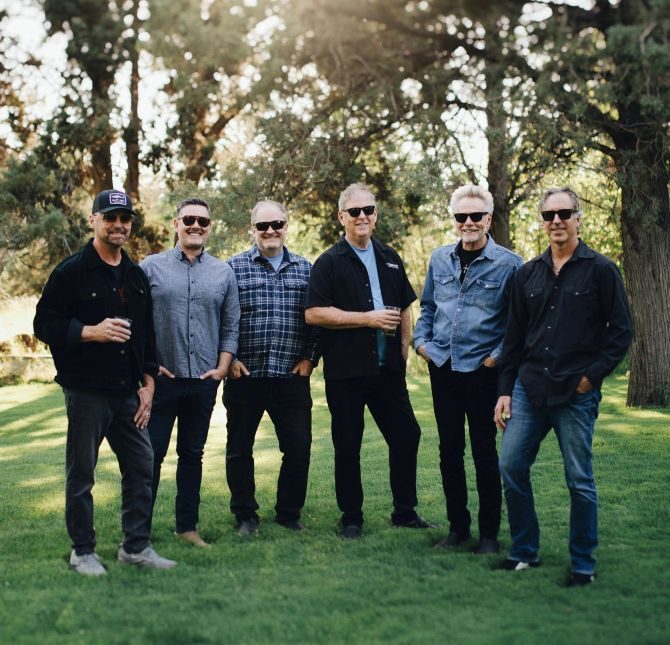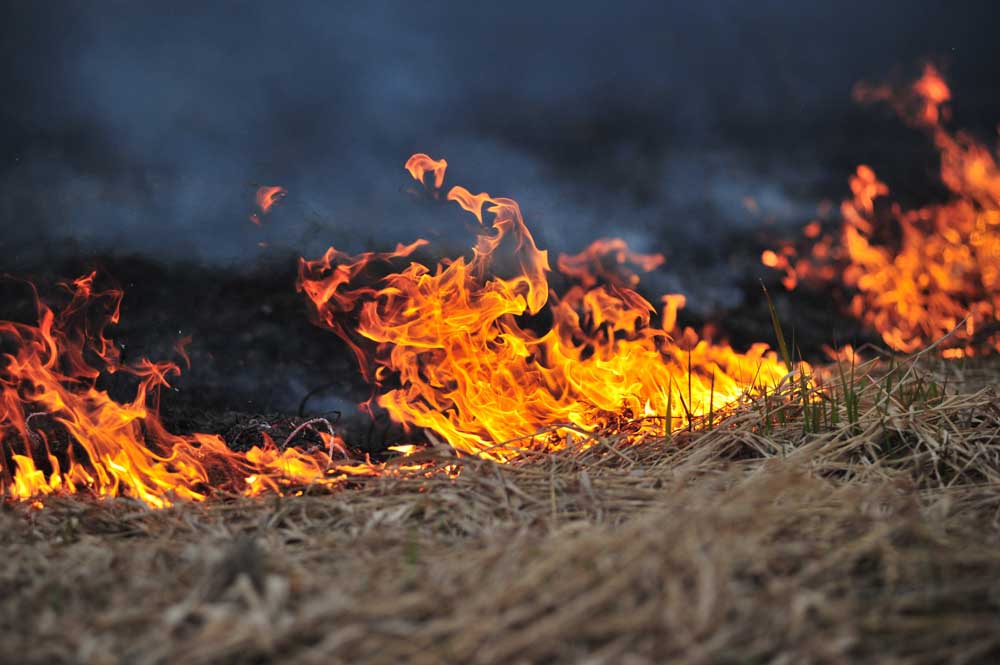Docudrama marks Kennedy assassination
Published 3:07 pm Saturday, November 16, 2013

- Ginnifer Goodwin stars as first lady Jacqueline Kennedy in the docudrama of National Geographic Channel's “Killing Kennedy.” The show, which airs tonight, was filmed in Richmond, Va.
On Nov. 22, America and the world mark the 50th anniversary of one of the most momentous events of the 20th century, the assassination of President John F. Kennedy. As it did last year with “Killing Lincoln,” National Geographic Channel has turned to another best-seller by Fox News’ Bill O’Reilly and historian Martin Dugard to dramatize the occasion.
Premiering tonight, the docudrama version of “Killing Kennedy” follows the twin trajectories of JFK and Lee Harvey Oswald until they meet on that fateful day in Dallas’ Dealey Plaza.
Directed by Nelson McCormick from a script by Kelly Masterson, “Killing Kennedy” stars Rob Lowe as JFK, Ginnifer Goodwin as first lady Jacqueline Kennedy, Will Rothhaar as Lee Harvey Oswald, Michelle Trachtenberg as Marina Oswald, Jack Noseworthy as Bobby Kennedy, Casey Siemaszko as Jack Ruby, Francis Guinan as Lyndon B. Johnson and Richard Flood as Kennedy insider Kenneth O’Donnell.
On this bright mid-June day in Richmond, Va., a stretch of closed-off street just outside the governor’s mansion has become Dealey Plaza. There are no crowds, since this is a tight shot through a lens with cross hairs on it, simulating Oswald’s point of view from the Texas School Book Depository.
Riding in a replica of the convertible used that day, Lowe and Goodwin re-enact the pivotal moment, as captured by chance on the famous footage from bystander Abraham Zapruder. Mimicking the the first couple’s movements exactly, Lowe reacts to the impact of the assassin’s bullets, while Goodwin — dressed in Jackie’s pink Chanel suit — launches herself over the car’s trunk lid in pursuit of something precious.
Sitting afterward in the makeup trailer, still in her suit, as the carefully coiffed brown wig is removed, Goodwin recalls reading that while Jackie could not remember reaching over the back of the car, she wound up in possession of part of her husband’s brain matter.
“I don’t think there was any thought,” says Goodwin. “I think it was pure instinct, pure survival. It’s hard to imagine anybody surviving a moment like that.”
For Rothhaar, the challenge was finding the man inside the monster.
“A lot of people want to make him a two-dimensional villain,” he says, relaxing in the shade of a tree. “I want to make him three-dimensional, find the things that make you like him, to make him human.
“He had a screwed-up childhood. His father died two months before he was born, and his mother was crazy as hell.”
Earlier in the day, Lowe takes a break after shooting a family scene in the walled garden of the mansion’s guest house and settles on a couch to discuss his affection for JFK, a hero of his even though the president died months before Lowe was born.
“I can’t remember which birthday,” he says, “maybe it was my 40th, but my wife got me my favorite Jacques Lowe — no relation — photograph of JFK. It sits in my office, and I see it every day while I work.”
Lowe has another responsibility since he’s friendly with members of the Kennedy family,
“I gave them a call. I know some of them would rather not go through this, but it’s a conversation the nation should have. Especially young people need to know what was lost.”
Because of the tight shooting schedule, Lowe arrived on set to find he’d been thrown in at the deep end.
“My first day,” says Lowe, “I did the death of (infant son) Patrick; I did the Cuban Missile Crisis; I was preparing to address the nation, getting my shots; I did the Bay of Pigs, with Jackie; then I did discussing whether there was enough room in the bunker for her and the children if there was a (nuclear) strike, and what we would do as a family.
“Then I did scenes. With Jack and the girls that he fancied in the White House and then swimming in the pool with them, all in one day. The challenge — not the problem, the challenge — with doing that is to find the humanity and the small, realistic, daily details of a scene that’s so iconic. All those scenes are iconic moments in his life.
“We don’t do scenes where he’s having a peanut butter and jelly sandwich at 2 a.m. in the White House mess. We don’t get to do those on this show.”
But in those rare intimate scenes with Jackie and the children, Lowe gets behind the image and the office to give a glimpse of the man.
“Icons are unplayable,” says Lowe. “You’re lucky if you can play an actual human being. So, to me, I was much more interested in how did he love Jackie, how did he feel about the children, what were his fears and strengths, what were the effects of his childhood? All that stuff was very interesting to me.”








